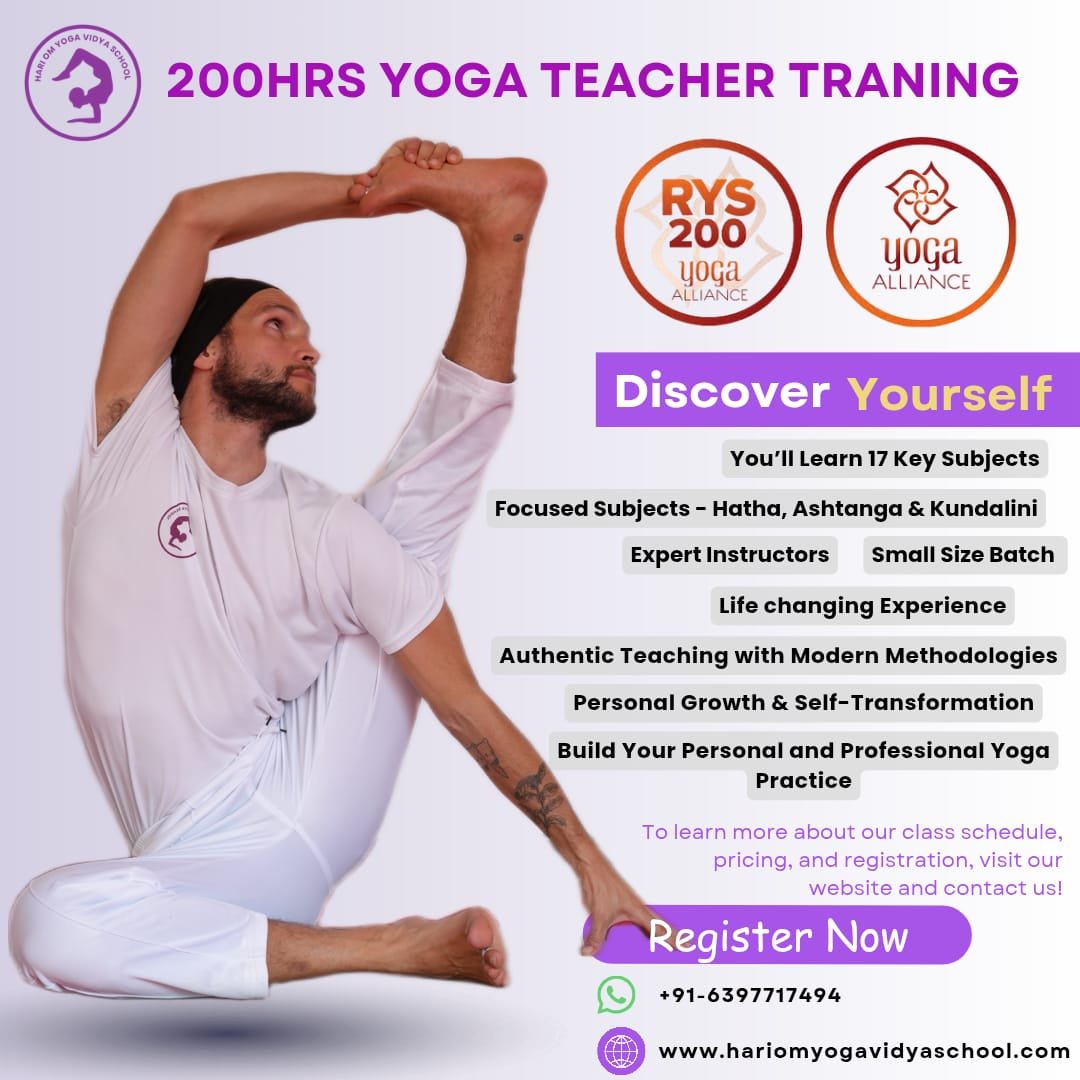What is Upavistha Konasana?
Upavistha Konasana – Wide Angled Seated Forward Bend A and B

Upavistha Konasana is one of the most holistic seated forward bending asanas, that can create the right base for other asanas. Moreover, you will get an intense stretch in your upper body, as a result of regular practice. The asana also has calming effects on the mind. Although, this asana looks like a leg stretching asana, it can also help to elongate the spine. Your hamstrings get an excellent stretch when you practice this asana on a regular basis.
The name has been taken from Sanskrit verses, and can be broken down as under.
- ‘Upavistha’ means open,
- ‘Kona’ means angle,
- ‘Asana’ means posture.
It is an excellent hip opener, which may aid you in doing splits as well, in the near future.
How To Do The Standard Upavistha Konasana ?
Steps To Do Upavistha Konasana A
- You have to sit in staff pose or Dandasana. Make sure that you sit on your sitting bones, and not the tail bone.
- Open your legs wide and spread them as far as possible. Flex your feet a bit, so that the toes point towards the top. The legs should make an angle of 90-degrees with your pelvis.
- You have to keep your palms behind your hips at the back, on the ground.
- Inhale deeply, and exhale and slowly bend your torso forward, by engaging the core muscles.
- Point both your hands forward and stretch them as far as possible.
- Hold this posture for as long as you can, while breathing continuously.
- Slowly, exhale and raise the back. Then you can straighten your legs and return to the starting position.
Steps To Do Upavistha Konasana B
Just like the variation A, variation B is located at the lower end of the Ashtanga Primary series.
Read More: Why Is Kundalini Yoga Dangerous? The Truth About Its Risks and Rewards
- You can start this asana from Dandasana or Staff pose.
- Inhale the next moment, and bend the legs at the knees, and hold the big toes with your hands. Exhale.
- Inhale again and straighten the legs upwards, on either side. Stretch as much as you can.
- You have to sit on your sitting bones, with the legs wide apart, and afloat in the air. In this position, you can do some deep breathing, to release the tension from the lower back.
- Inhale again and bring the legs nearby, by folding them at the knees. Then exhale and again throw them apart.
- You have to hold this position for 5-6 breaths.
- You have to maintain your focus on the root chakra and the sacral chakra, while doing this asana.
- Always remember to engage your chest, when you are in this asana. The chin should be in neutral position. Your shoulders have to be rolled back, and you have to fix your gaze on any object in front of you.
- To release, bend your legs while exhaling and bring both the legs to the ground.
- You have to sit on the floor, with both your legs stretched in front of you.
Modifications of Upavistha Konasana
If you feel, that performing the forward seated stretch is becoming difficult for you, you should try out the following modifications.
- You can place a yoga block in front of you, and place your forehead on it. It will help in reducing the stretch on the back. With regular practice, this will also open the muscles of the lower back and your neck.
- You can also keep blankets below your buttocks, to raise them and provide them some comfort.
- You can also use a stool, and hold it and push forward, while bending to add motion, without much pain.
- You should do the asana initially, with the help of a peer or your teacher. However, the understanding should be clear between both of you.
- You can also start by bending the torso towards one leg. It will help in opening the muscles of the inner thighs, lower back, and the hips.
- You can also bend your legs a little bit, to avoid excess stretch.
You have to breathe normally and hold the pose for 5 breaths in the final seated forward fold pose. Your gaze will be at the tip of your nose called as Nasagra Drishti.
Safety Precautions Decoded
When you are practicing such a deep folding pose, it makes sense to flow a few guidelines, so that you do not get hurt.
- Ensure to practice this asana, on an empty stomach. If you practice in the evening, make sure that there is a gap of 4-5 hours between the meals.
- If there is a tear or pull in your hamstring, you should avoid its practice.
- If you have some sort of lower back injury, you should sit on a mat and do the asana.
Who Can Do Upavistha Konasana and Who Cannot?
If you have been doing yoga for a while, your body must be flexible. So, you can do the asana quite easily. However, for others, you must follow the guidelines below.
- If you suffer from some sort of Hernia, you must avoid this asana.
- If you suffer from back, lower back, neck, shoulder, or any hamstring injury, you should stop practicing this asana.
- In case of a tear in your groin or hamstrings, you must stop your practice.
- If you had a surgery in your waist or back, recently, you must avoid practicing this asana.
- If you have any ailment in your spine, you must stop practicing this asana.
- Pregnant women must avoid this asana.
- All those who have high or low blood pressure must avoid doing this asana.
Benefits of Upavistha Konasana A and B
- The asana which you have learnt today; Upavistha Konasana is extremely beneficial for your lower body. Moreover, when you regularly practise this asana, it helps to activate and also strengthens the muscles in your hip area, abdomen area, and the spine. Thus, you will stay away from all sorts of injuries in the long run.
- If you are always behind the steering wheel, and drive for long hours, this is the asana for you. Moreover, those who lead lethargic lives, often feel tension, some pain, and stiffness in their lower back and tail bone area. One of the most important benefits is that, this asana stretches the spine and also releases the pressure from the lower back. You will experience improved flexibility in your back and will also get rid of postural problems.
- Upavistha Konasana also helps you to burn a lot of calories and improves your metabolism. Moreover, it helps in the reduction of body fat from your abs, arms, thighs, and hips.
- One of the most valuable benefits is that, it also helps to reduce stress and tension. It improves the blood circulation to your brain and also enhances your cognition levels.
- Upavistha Konasana activates the third eye. You will experience improved awareness and concentration in all areas of life.
- If you do Upavistha Konasana regularly, your sacral chakra also gets activated.
- Upavistha Konasana stimulates your digestive organs and gives relief from gas and stomach ailments.
Thus, if you practice this asana on a regular basis, you will gain a lot of benefits. But you must remember to start the practice under the tutelage of a yoga expert.
Deepen Your Yoga Practice with Hari Om Yoga Vidya School
Located in the heart of Rishikesh, Hari Om Yoga Vidya School is a place where ancient yogic wisdom meets modern teaching techniques. As a top yoga school in Rishikesh, we are committed to providing authentic, immersive yoga education in a peaceful, spiritual setting. Recognized as one of the best yoga schools in Rishikesh, we offer structured training programs designed to help you evolve in your practice, whether you are a beginner or an experienced yogi.
If you’re searching for a yoga school in Rishikesh that focuses on holistic learning, experienced teachers, and a supportive community, look no further!
Read More: Everything You Need to Know About Kundalini Yoga Teacher Training
Explore Our Yoga Teacher Training & Retreats
At Hari Om Yoga Vidya School, we offer a range of courses tailored for different levels of practitioners:
✅ 100-Hour Yoga Teacher Training in Rishikesh – A foundational course for those looking to begin their yoga journey.
✅ 200-Hour Yoga Teacher Training in Rishikesh – An internationally recognized certification for aspiring yoga teachers.
✅ 300-Hour Yoga Teacher Training in Rishikesh – Advanced training to deepen your practice and refine your teaching skills.
✅ 7-Day Yoga Retreat in Rishikesh – A rejuvenating escape into yoga, meditation, and self-discovery.
✅ 10-Day Yoga Retreats in Rishikesh – A transformative experience that blends yoga, relaxation, and Himalayan serenity.
Join us for a life-changing experience and become part of our global yoga family! 🌿✨



